There are many plants, shrubs, hedges and trees poisonous to horses. While horses may not commonly eat these poisonous plants due to their often bitter taste, The British Horse Society advise that they should not be ignored.
If you are a horse owner or carer, the BHS urges you to always contact your vet as soon as you suspect any sign of poisoning and help prevent this by keeping your horse away/removing any sign of the plants from their accessible land.
- Pony vs horse: what's the difference?
- Donkey vs horse: what's the difference?
- Guide to Britain's native pony breeds
10 plants poisonous to horses
Foxglove
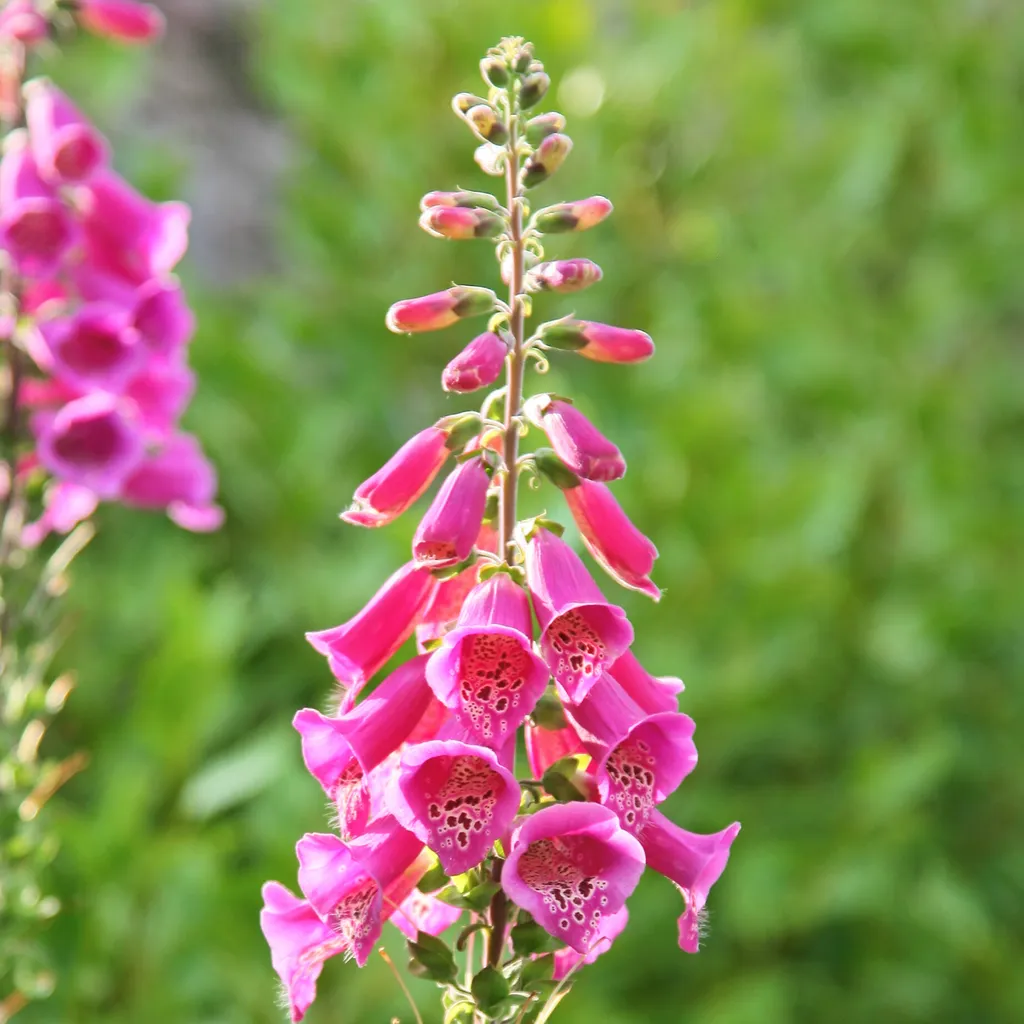
Foxglove is a common and distinctive wild plant that is very poisonous for horses. It has noticeable purple, pink or white hanging tubular flowers, and typically blooms between June and September. Foxglove poisoning can cause cardiovascular issues, diarrhoea, tremors, fits and can be fatal within a few hours.
If you suspect foxglove poisoning, contact a vet immediately as treatment is limited and time sensitive. It’s also important to remove any signs of foxglove from your land as it can still be poisonous when dead and dried.
Deadly nightshade
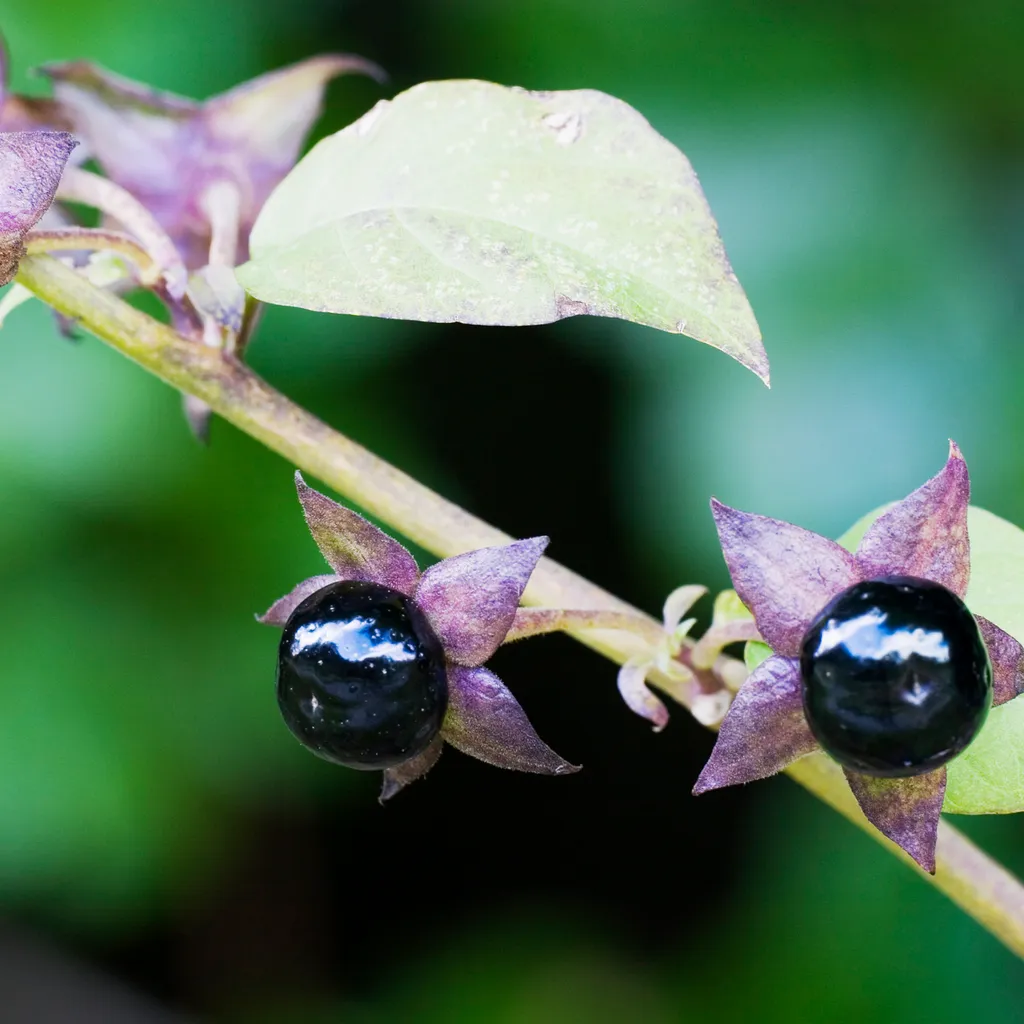
Deadly nightshade is similar to foxglove in appearance, however, it is shorter, the flowers are a dull purple and it has shiny black berries. Horses rarely eat nightshade as it is distasteful to them, but it’s important to still remove any deadly nightshade from your land as soon as possible.
It contains a toxin that could lead to blindness, tremors, irregular heartbeat and disorientation, therefore you should contact a vet for supportive treatment should you suspect signs of poisoning.
Ivy
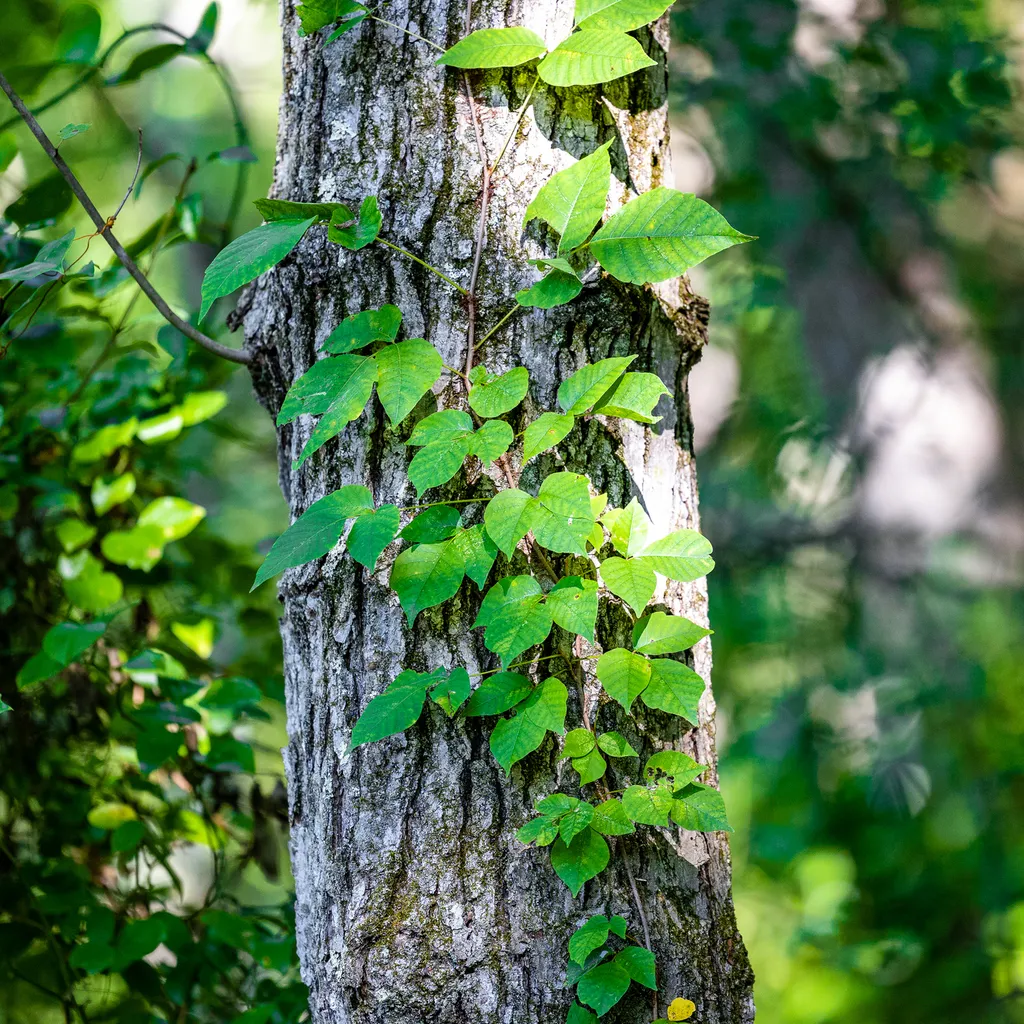
Ivy is an incredibly common plant which has wide leaves and grows in vines up structures such as walls, trees and fences. Ivy poisoning can cause colic, diarrhoea, dehydration, loss of appetite and skin irritation.
Although death from ivy poisoning is rare and horses find it distasteful, you should keep horses away from areas of ivy growth and remove any trace of the plant where possible. Make sure your horse has plenty of accessible forage, so they do not resort to eating ivy.
Yew
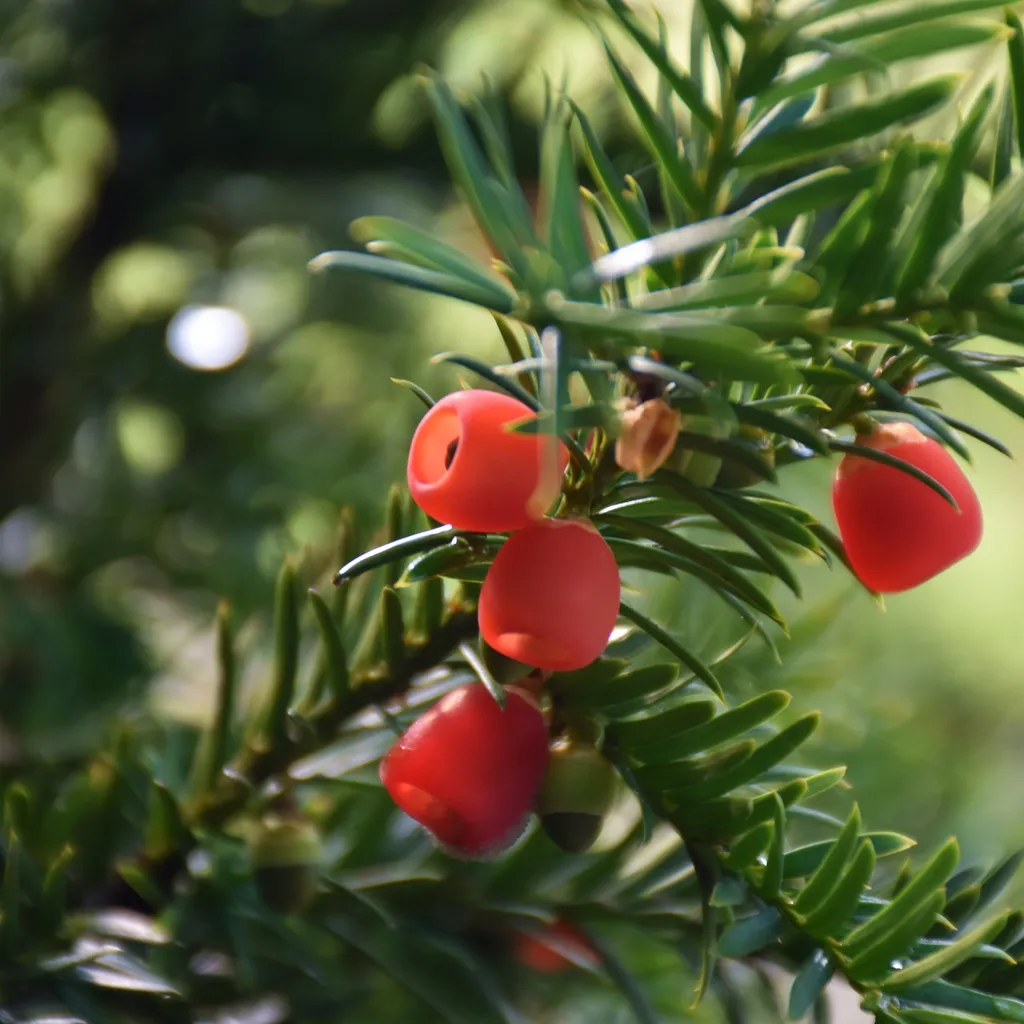
Yew trees are evergreens, growing up to 20 meters tall with a reddish trunk, dark green leaves, and often grow berries. Yew contains the deadly toxin taxine, a cardiotoxin that causes a heart attack.
Yew poisoning can be instant and can pose a risk of death to the horse. Other signs include the horse collapsing, breathing difficulties, muscular trembling and uncoordinated movements.It’s important to contact a vet immediately if you suspect yew poisoning. Horses rarely eat yew leaves due to its bitter taste, however, you should remove yew trees from any area with horses as even the cuttings can still be poisonous.
Laburnum
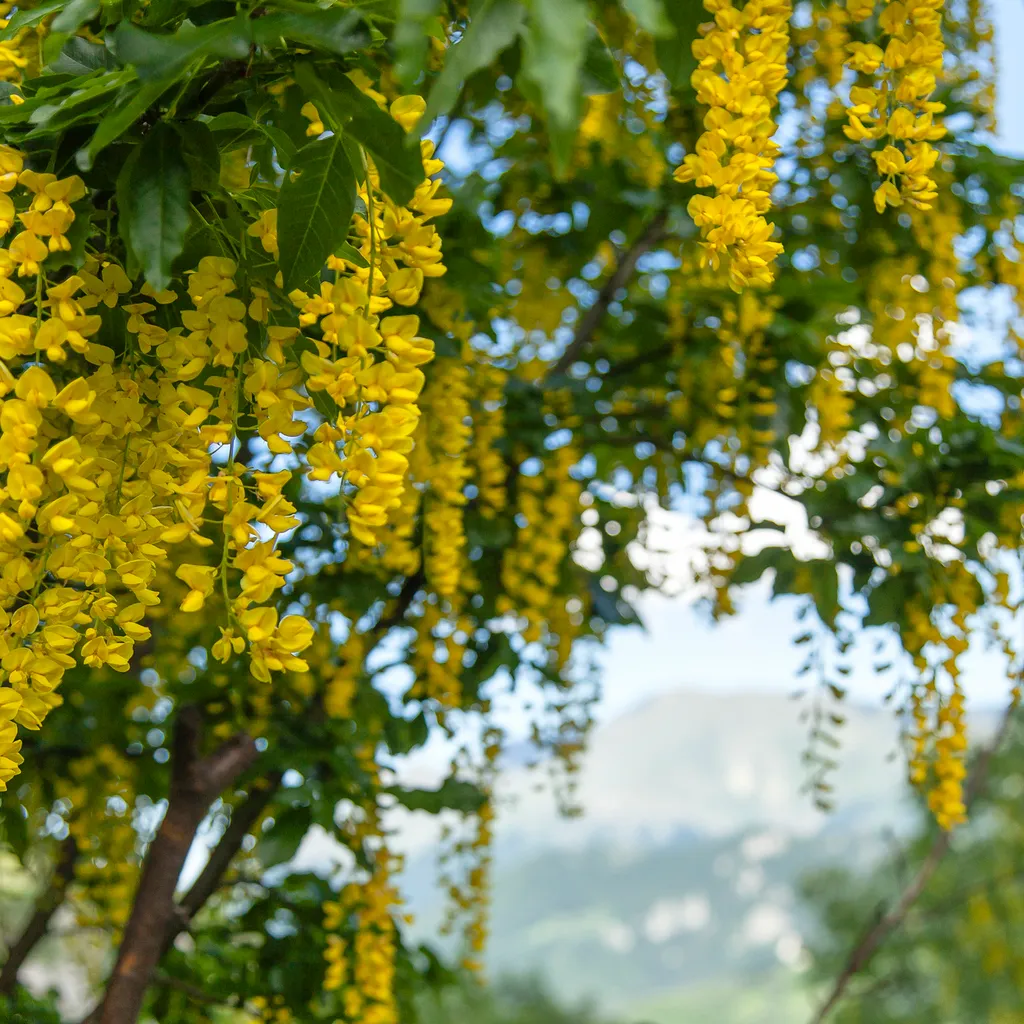
Laburnum plants can be spotted because of their distinctive, drooping yellow flowers and smooth grey/olive green bark. Its poison is present in all parts of the plant but especially in its seeds, and can cause diarrhoea, colic, fitting, drowsiness and comas.
Horses rarely eat laburnum unless other forage isn’t available. You should still keep horses away from where laburnum grows or fence off the area around the trees to avoid access to it.
Ragwort

Ragwort is a common weed that grows on wasteland, road verges and railway embankments, with distinctive bushy yellow flowers and rosette leaves. It is poisonous in all parts of its plant and can cause lethargy, diarrhoea, jaundice, collapses, abdominal pain, weight loss and aggression. Ragwort poisoning can cause irreversible damage to the liver over a prolonged period of time.
Most horses won’t immediately choose to eat ragwort if it is growing among their grazing because it tastes bitter – but this isn’t a guarantee. Horses will eat ragwort if nothing else is available, if they eat it accidentally or where parts of the plant have wilted and become palatable.
Ragwort loses its bitter taste if it’s cut, dried and found in forage, for example hay – but it doesn’t lose any of its toxicity and still remains a danger. It is advised, therefore, to remove all elements of ragwort from land used to graze horses or forage production, even when it is dead and dried. It is strongly advised that gloves are worn when handling ragwort as the toxins may be harmful to humans too.
Find out more about ragwort's poisonous elements and how to control it on agricultural land
The BHS does not advocate blanket removal of all ragwort, as it plays a significant role in biodiversity, providing a habitat and food for many types of insect, plus pollen for bees.
Oak
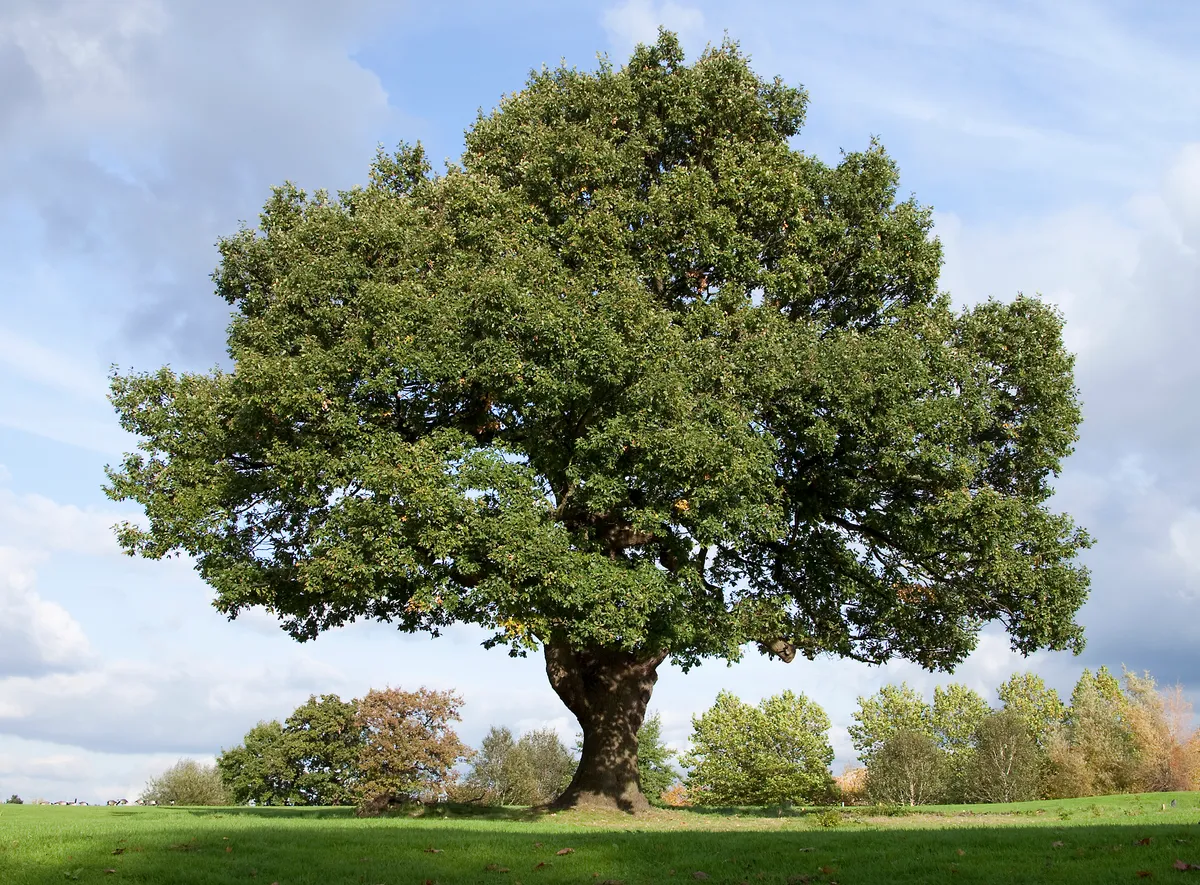
Oak is an incredibly common tree in the UK, with a thick, strong trunk, feathered leaves and, most noticeably, acorns. The leaves, acorns and branches are all poisonous to horses; it’s poisoning can cause diarrhoea containing blood, lethargy, depression, colic, mouth ulcers, dehydration and reduced appetite.
You should avoid using the field until the acorns can be raked or vacuumed off the ground. If this is not an option, provide good quality forage away from the oak trees to reduce the likelihood that the horses will eat them. Alternatively, set up electric fencing around the tree, ideally to the branch span; so that the horses cannot get to the acorns.
Sycamore
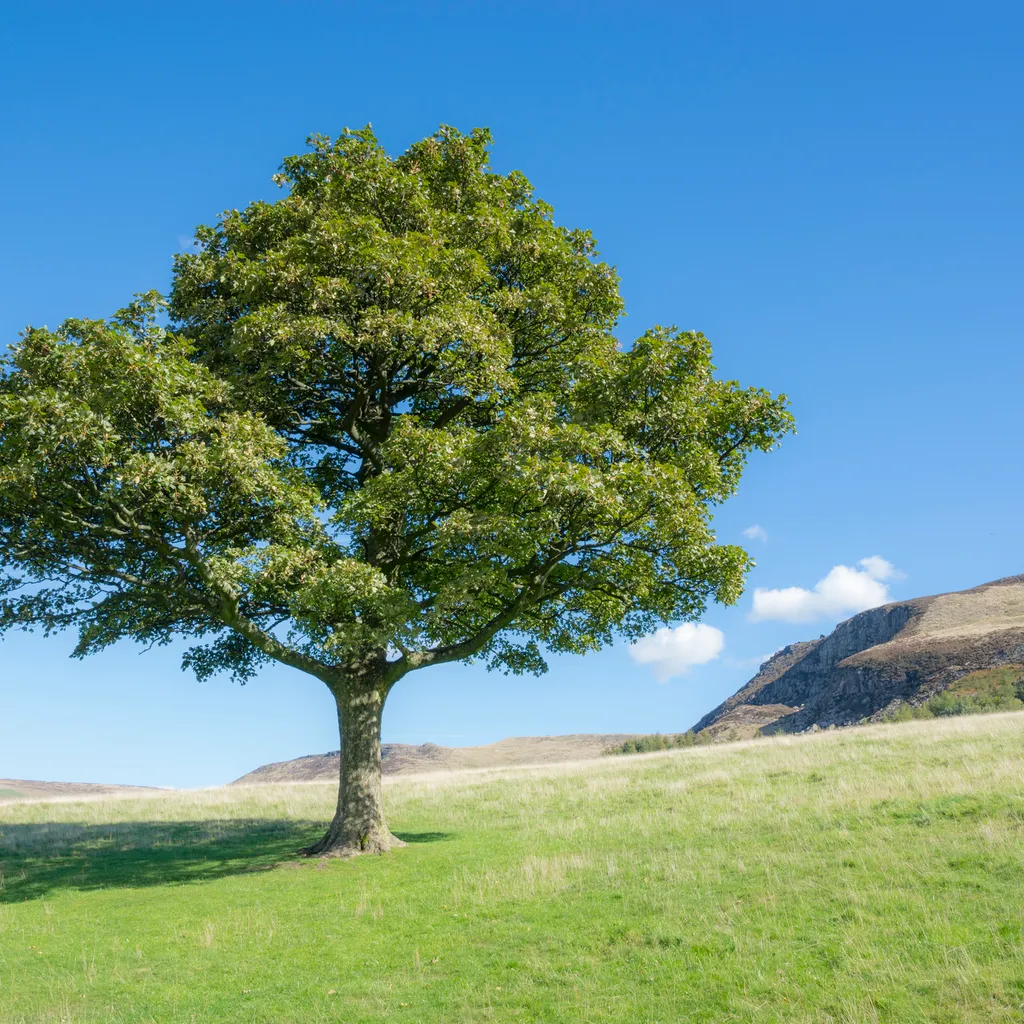
Sycamores commonly occur in UK wilderness and are spotted by their thick trunk, maple-like leaves and, most noticeably, their winged seed pods. The sycamore seeds and seedlings can cause atypical myopathy, resulting in cardiovascular problems, muscle fatigue, colic, brown/red urine and potentially death. Trees can have varying levels of toxicity year on year and horses’ different tolerances too meaning that although problems may not arise one year safety isn’t guaranteed in the future.
It is important to clear all seed pods from any area with horses present during autumn and to look out for the germinating seedlings in spring. We urge all horse owners to be vigilant and watch out for seeds, as even paddocks free of sycamore trees may still be at risk from seeds being blown onto the pasture.
Hemlock
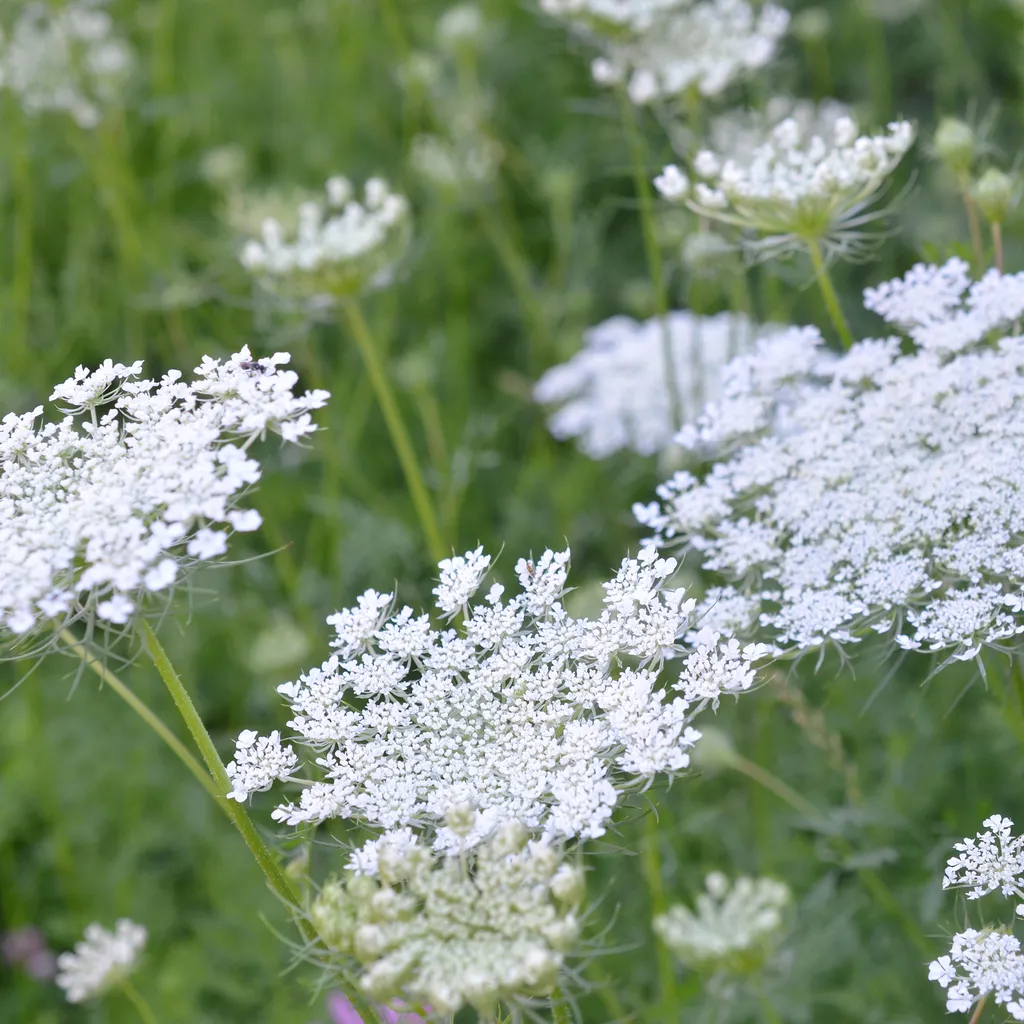
Hemlock is a common weed found in moist, shady areas that can be extremely life threatening to horses. It has a hairless, hollow, purple blotched stem, featherlike triangular leaves and an umbrella-like cluster of white blossoms. The symptoms of hemlock poisoning are severe including paralysis and respiratory failure.
Sadly, there is no treatment or antidote to hemlock poisoning so prevention is vital. Hemlock must be removed entirely from any land with horses as pesticides can make the plant more palatable. Making sure your horse has access to plenty of forage is paramount in order to keep them from straying to eat hemlock.
Bracken

Bracken is incredibly common in British wilderness. It’s a short, bushy plant with wide feathered leaves and spiky stems. Thankfully, bracken ferns are only poisonous when ingested in large quantities, however, the symptoms are severe including blindness, nervous system failure, muscle spasms and convulsions.
Horses will not commonly eat bracken so ensuring they have plenty of palatable forage is essential. Removing bracken from your land is paramount as bracken remains toxic once dead and dried.
Note: this advice is for horse pasture and hay meadows. The plant species mentioned are valuable to many other species of wildlife and should only be removed if completely necessary.
- What's the world's most poisonous tree?
- World’s most poisonous plants
- Poisonous plants to cats: garden plants to avoid if you have cats
This article was written by The British Horse Society’s (BHS) Horse Care & Welfare team.
The BHS works to promote and advance the education, training and safety of the public in all matters relating to the horse. It is the largest and most influential equestrian charity in the UK and works to makes a positive impact on the lives of horses and horse owners.
Find out more at bhs.org.uk
